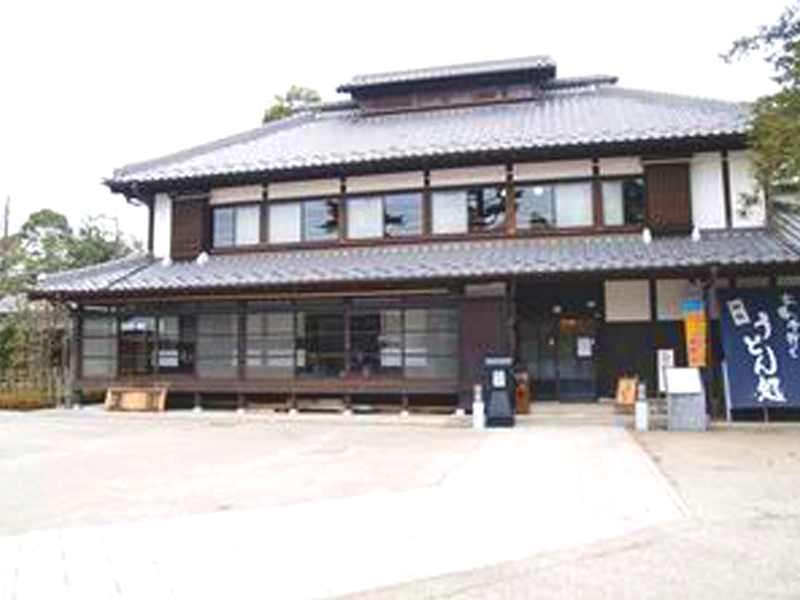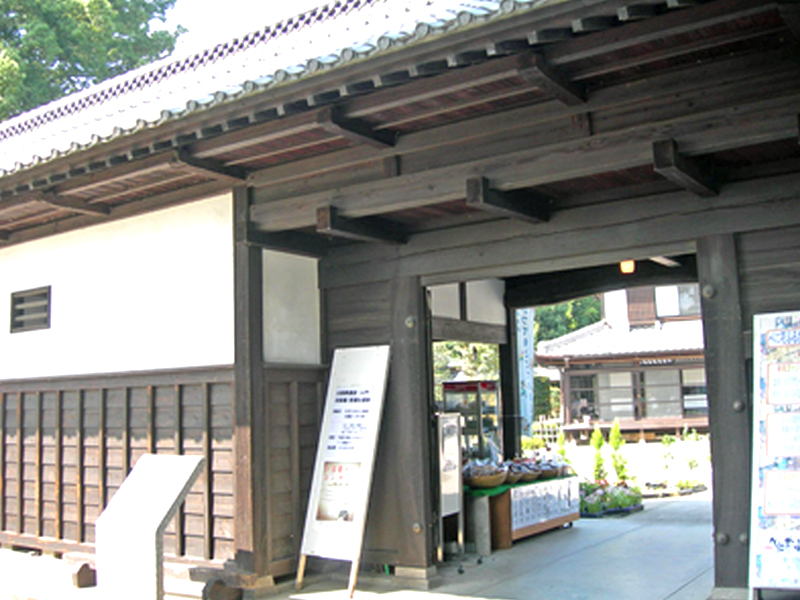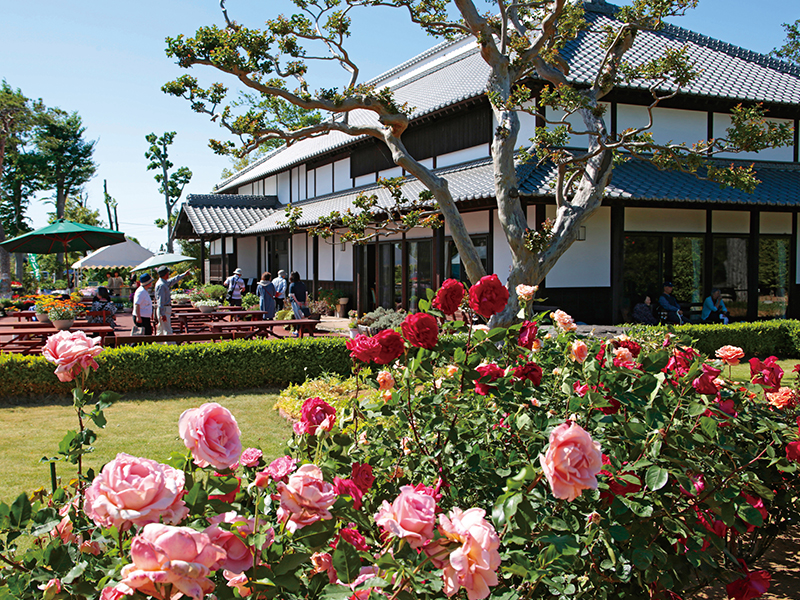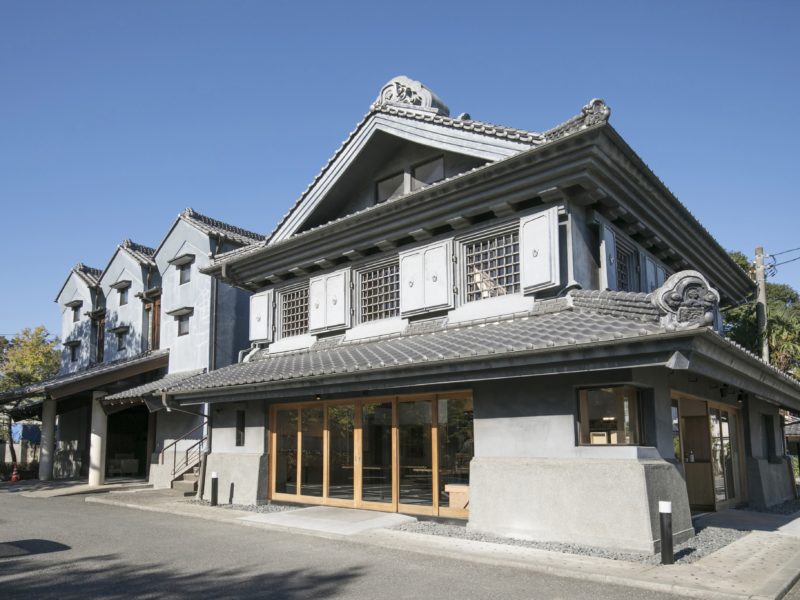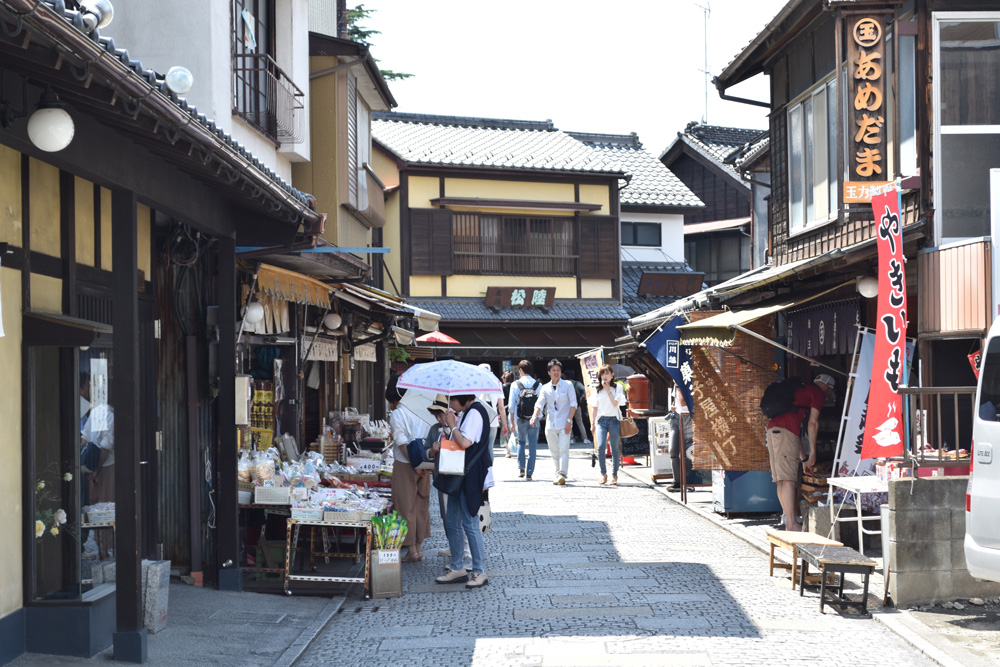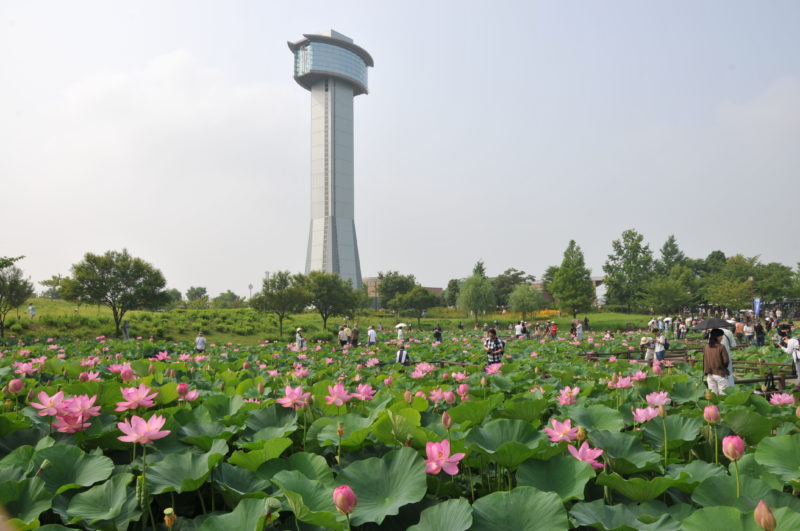Okegawa Benibana Furusato Hall
restaurant
This safflower museum is a renovated private house built in the late Meiji era.
There are various workshops such as pottery and soba noodle making available. The best time to see the safflower is from late to mid-June, and the steamed safflower buns are popular as a souvenir. There is also a restaurant where you can enjoy handmade udon noodles made from 100% local flour. Enjoy Okegawa both with your eyes and your tastebuds!
Basic Information
Location
419.1 Kano, Okegawa City, Saitama Prefecture
TEL
048-729-1611
FAX
048-727-0255
Home page
Business hours / Fee
Business hours
9:00 AM - 9:30 PM / Dining Hours 11:00 AM - 3:00 PM (Last Orders 2:00 PM)
Regular holiday
Mondays & New Year's Holidays
How to get there
Public transport
Transfer to the City Loop bus from Okegawa station at the JR Takasaki line.
・East(Higashi) 20, Okegawa Danchi course. Get off at "East(Higashi) 43 Benihana Furusato-kan."
・East exit, take the Asahi bus bound for "Shoubushako," get off at "Tenjin Iriguchi" and walk for about 7 minutes.
・East(Higashi) 20, Okegawa Danchi course. Get off at "East(Higashi) 43 Benihana Furusato-kan."
・East exit, take the Asahi bus bound for "Shoubushako," get off at "Tenjin Iriguchi" and walk for about 7 minutes.
Car
About 2 minutes by car from "Okegawa Kano IC" on the Ken-O Expressway, About 20 minutes by car from "Okegawa Kitamoto IC" on the Ken-O Expressway
Parking
Free parking available

